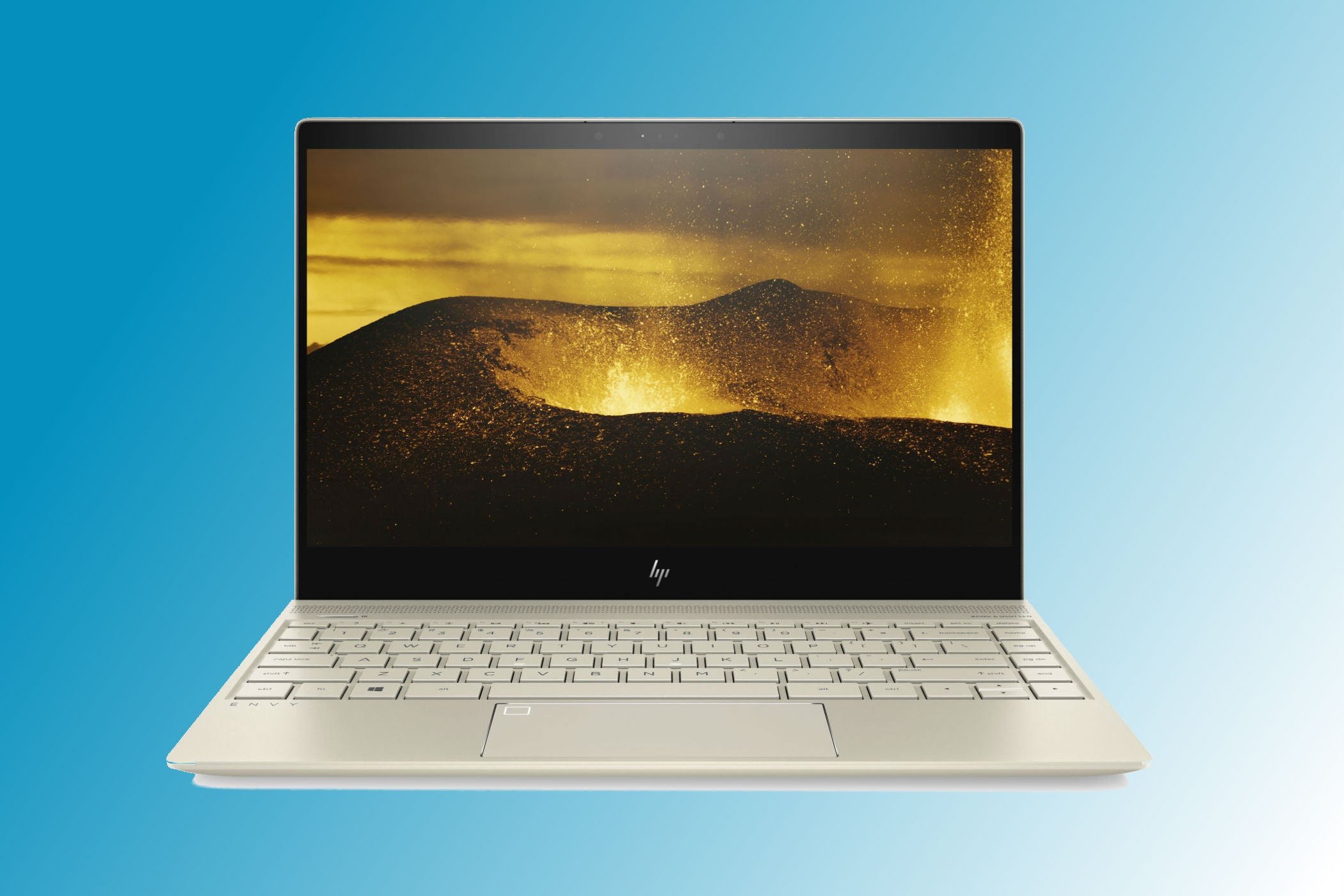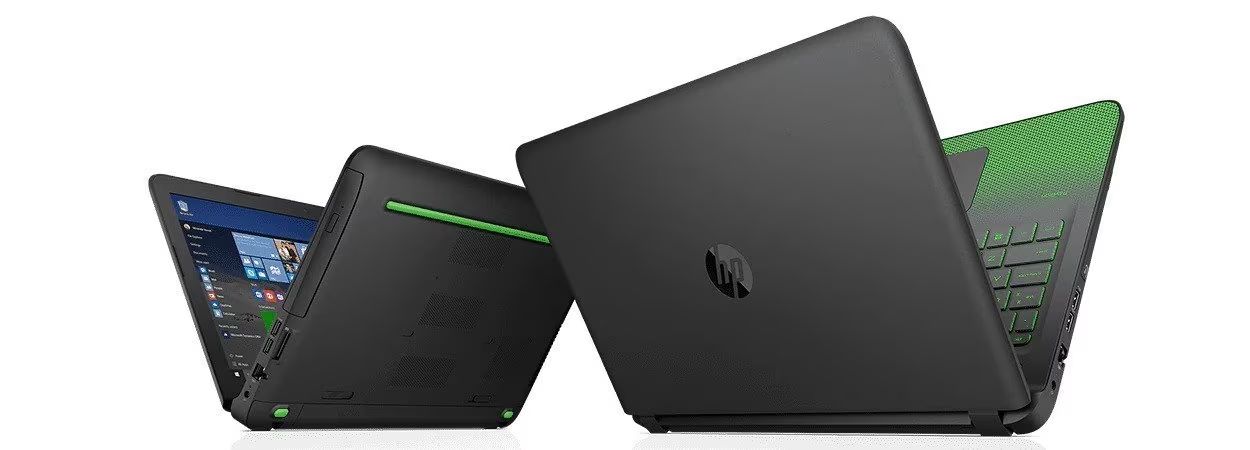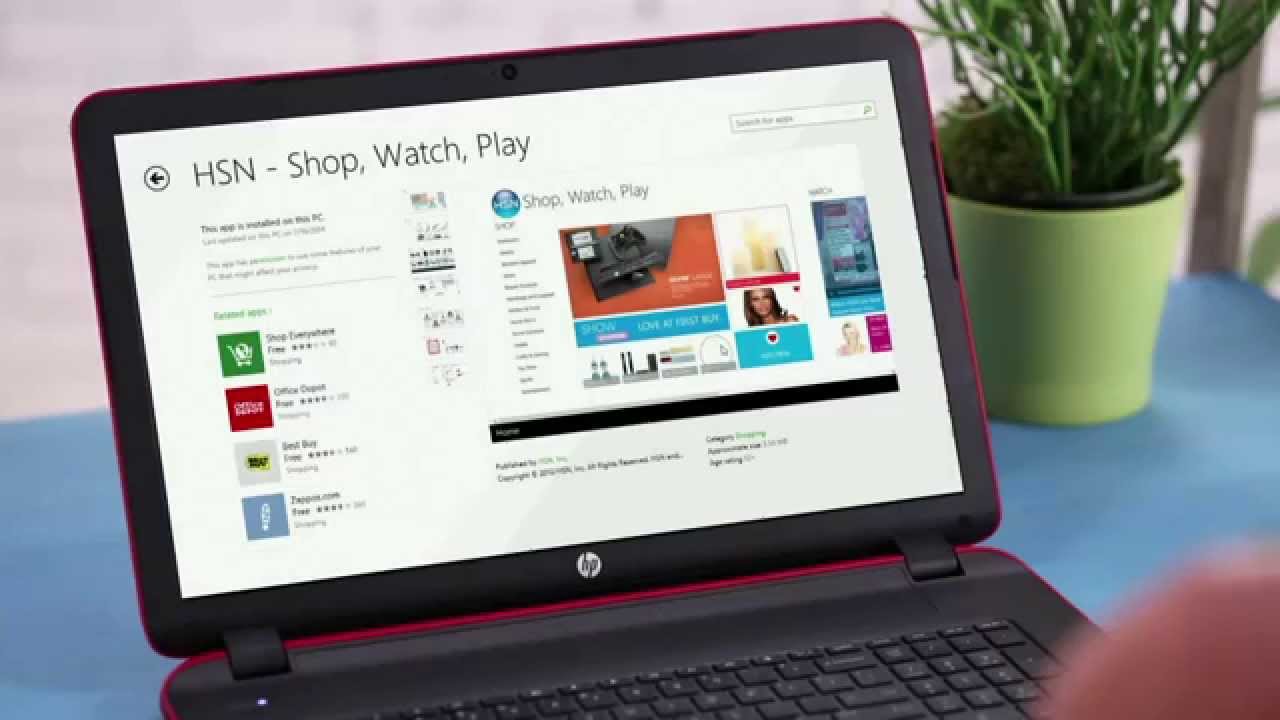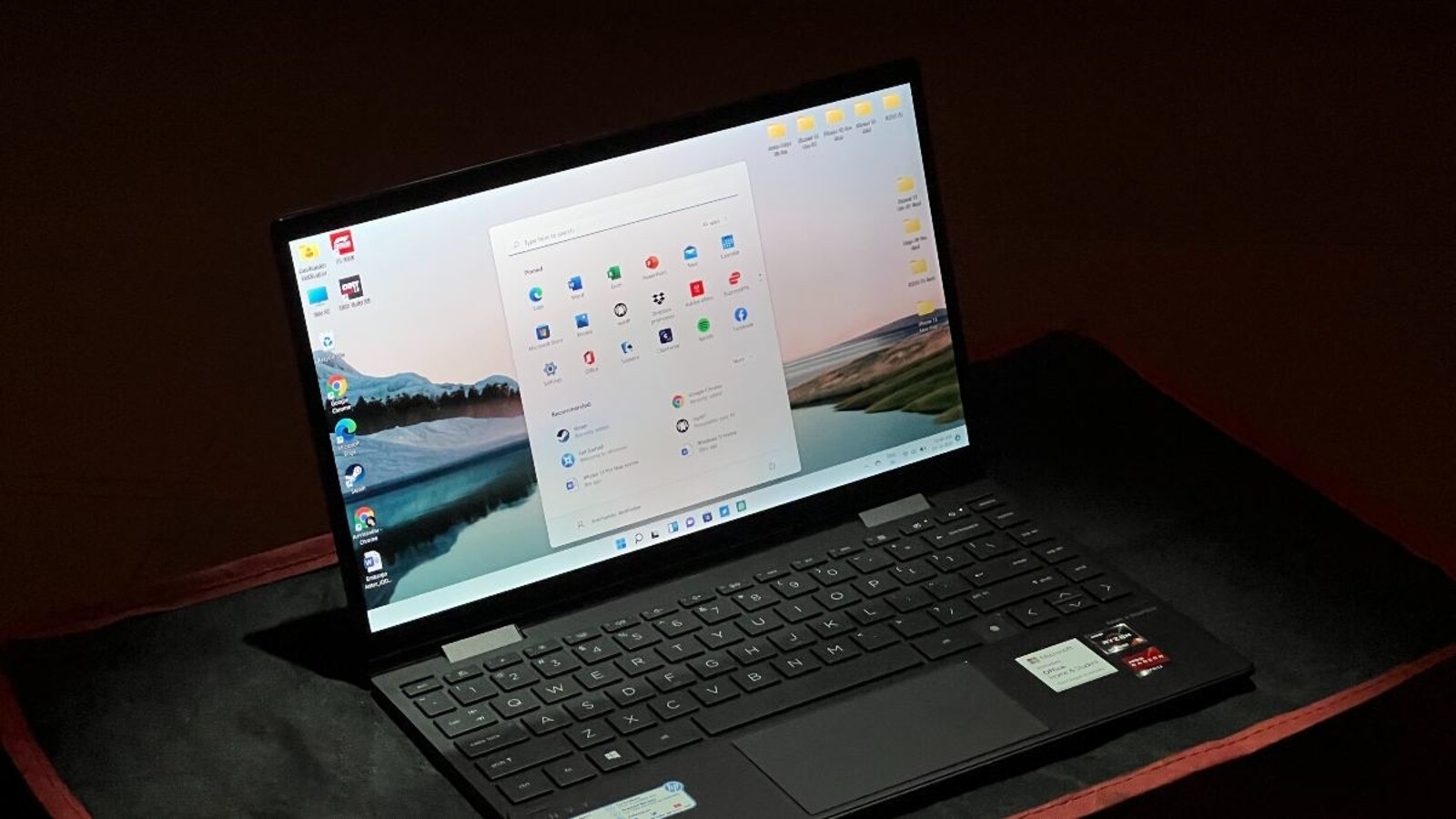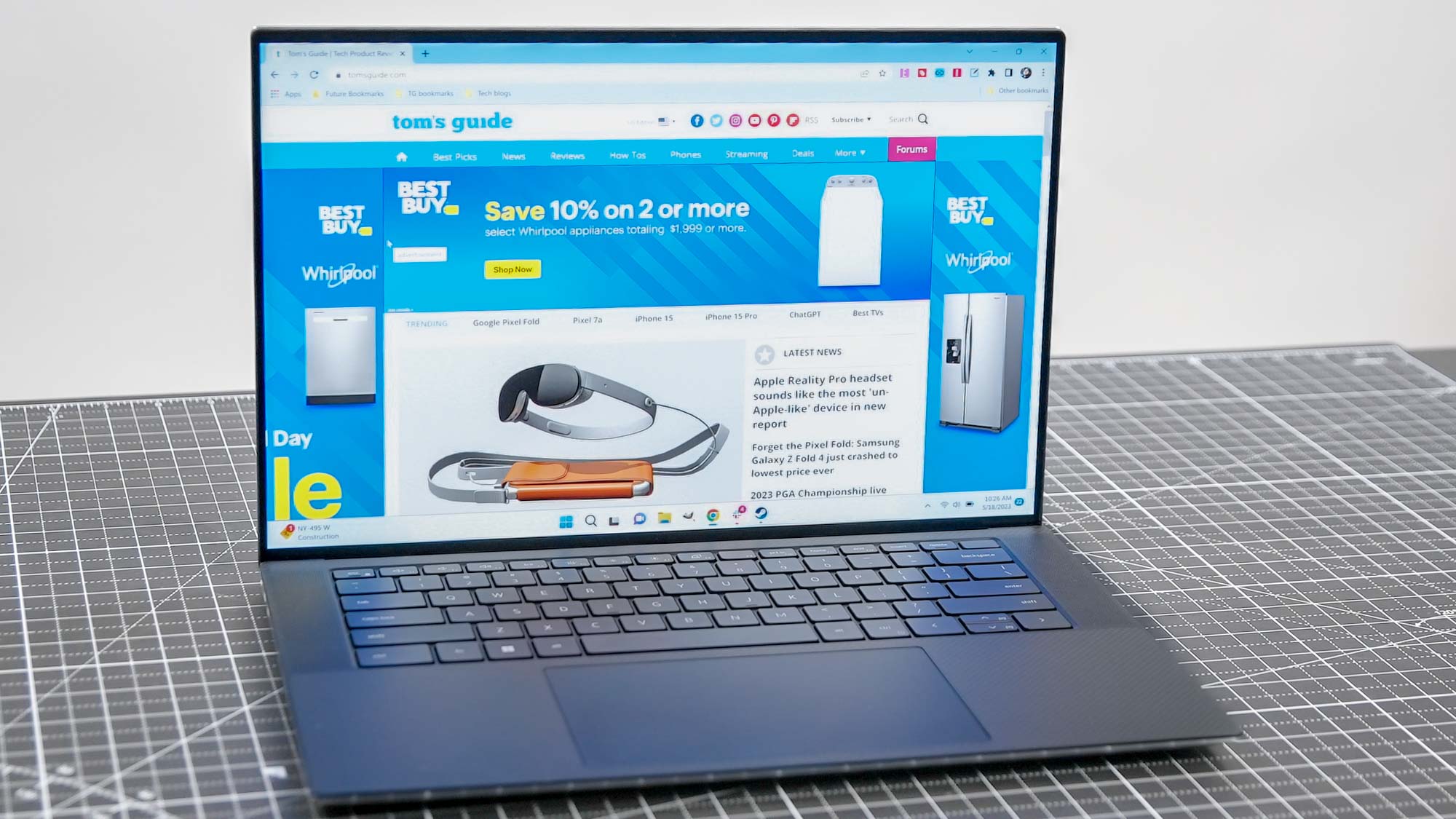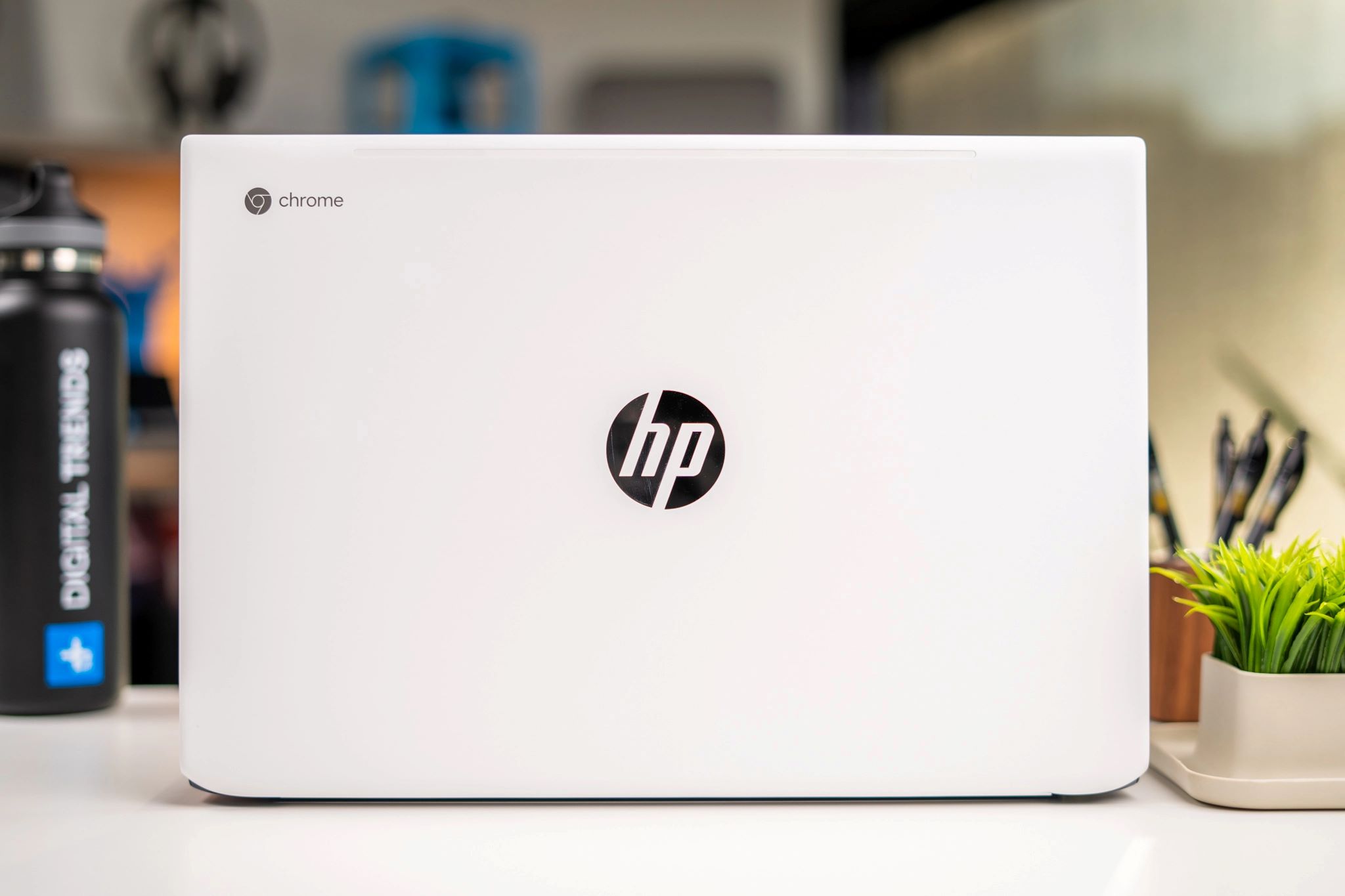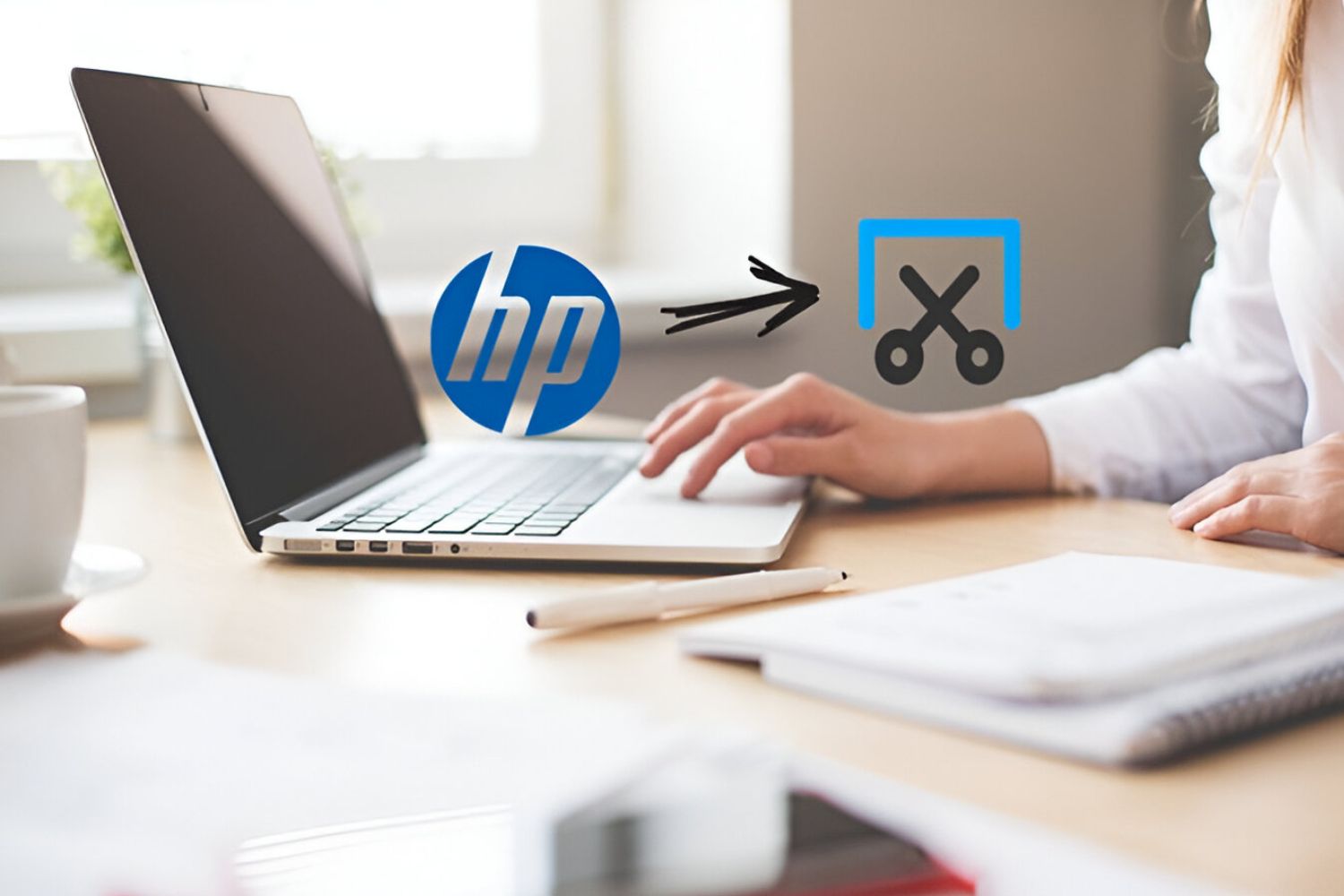Introduction
Being able to capture screenshots on your HP laptop is a handy skill that can come in handy in a variety of situations. Whether you need to save an important document, capture an error message, or share a funny meme with friends, knowing how to take a screenshot is essential. Fortunately, with the Windows 10 operating system, there are multiple methods to conveniently capture screenshots on your HP laptop.
In this article, we will guide you through five different methods to capture screenshots on your HP laptop running Windows 10. These methods range from using simple keyboard shortcuts to utilizing Windows’ built-in screenshot tools. By the end of this article, you will have the knowledge and confidence to capture screenshots effortlessly.
Each method offers its own advantages and it’s up to you to determine which one suits your needs best. Whether you prefer simplicity, precision, or versatility, there is a method that will cater to your preferences. So, without further ado, let’s dive into the different methods and discover how to capture screenshots on your HP laptop.
Method 1: Using the “Print Screen” key
One of the simplest and most commonly used methods to capture a screenshot on your HP laptop is by using the “Print Screen” key. This key is usually labeled as “PrtSc”, “PrtScn”, or something similar, and it is typically located in the upper right corner of the keyboard.
To capture a screenshot using the “Print Screen” key, follow these steps:
- Navigate to the screen or window that you want to capture.
- Press the “Print Screen” key on your keyboard. This will capture a screenshot of the entire screen.
- Open an image editing software such as Paint or Photoshop.
- Press Ctrl + V or go to the Edit menu and select Paste to paste the screenshot into the software.
- Once the screenshot has been pasted, you can edit, save, or share it as desired.
Using the “Print Screen” key is a quick and easy way to capture screenshots on your HP laptop. However, keep in mind that this method captures the entire screen, including multiple windows and taskbars. If you only want to capture a specific window or a portion of the screen, you can use one of the other methods described below.
Method 2: Using the “Fn” + “Print Screen” key
If you’re using an HP laptop that has a combination of the “Fn” (Function) key and the “Print Screen” key, you can utilize this keyboard shortcut to capture a screenshot. This method is particularly useful if your laptop has a smaller keyboard or if the “Print Screen” key is not labeled separately.
To capture a screenshot using the “Fn” + “Print Screen” key, follow these steps:
- Go to the screen or window that you want to capture.
- Locate the “Fn” key on your keyboard. It is usually located near the bottom left corner.
- Press and hold the “Fn” key.
- While still holding the “Fn” key, press the “Print Screen” key.
- Release both keys.
- Open an image editing software such as Paint or Photoshop.
- Press Ctrl + V or go to the Edit menu and select Paste to paste the screenshot into the software.
- Once the screenshot has been pasted, you can edit, save, or share it according to your needs.
By combining the “Fn” key with the “Print Screen” key, you can easily capture screenshots on your HP laptop without the hassle of searching for a specific key. This method captures the entire screen, similar to the first method. If you want to capture a specific window or a portion of the screen, continue reading to learn about the other methods.
Method 3: Using the “Windows” + “Print Screen” key
If you prefer a quick and convenient way to capture screenshots on your HP laptop, you can take advantage of the “Windows” + “Print Screen” key combination. This method not only captures screenshots but also automatically saves them to a designated folder on your computer.
To capture a screenshot using the “Windows” + “Print Screen” key, follow these steps:
- Ensure that the screen or window you want to capture is active.
- Press the “Windows” key and the “Print Screen” key simultaneously.
- You might notice the screen dim for a moment, indicating that the screenshot has been taken and saved.
- Open the File Explorer or the Windows Explorer.
- Navigate to the “Pictures” folder, which is usually located in the “This PC” section.
- Look for the “Screenshots” folder within the “Pictures” folder.
- Open the “Screenshots” folder to access your captured screenshot.
- You can now edit, share, or save the screenshot as desired.
Using the “Windows” + “Print Screen” key combination is an efficient way to capture screenshots and have them automatically saved to a designated folder. It eliminates the need to open an image editing software or paste the screenshot manually. This method captures the entire screen, similar to the previous methods.
Method 4: Using the “Snipping Tool”
If you’re looking for more flexibility and control over your screenshots, the “Snipping Tool” is a built-in feature in Windows 10 that allows you to capture specific regions of your screen. This method is perfect for capturing screenshots of specific windows, sections, or even freehand shapes.
To capture a screenshot using the “Snipping Tool,” follow these steps:
- Open the “Start” menu and search for “Snipping Tool.”
- Click on the “Snipping Tool” application to open it.
- In the “Snipping Tool” window, click on “New” to start a new screenshot.
- Your screen will fade, and you will be able to select the desired region to capture.
- Click and drag your cursor to select the region you want to capture.
- Release the cursor to capture the selected region.
- The captured screenshot will open in a new window within the “Snipping Tool.”
- You can now annotate, save, or share the screenshot using the tools available in the “Snipping Tool” window.
The “Snipping Tool” offers flexibility in capturing screenshots, allowing you to select specific regions or even draw freehand shapes. It’s a great option if you need to capture specific areas of your screen rather than the entire screen. Once you have captured the screenshot, you can annotate it with text or highlight specific areas before saving or sharing it.
Method 5: Using the “Snip & Sketch” tool
The “Snip & Sketch” tool, introduced in Windows 10, provides an enhanced and user-friendly way to capture and annotate screenshots. This method allows you to capture screenshots and immediately edit them with various annotation tools like pens, highlighters, and shapes.
To capture a screenshot using the “Snip & Sketch” tool, follow these steps:
- Open the “Start” menu and search for “Snip & Sketch” or “Snipping Tool.”
- Click on the “Snip & Sketch” application to open it.
- In the “Snip & Sketch” window, click on the “New” button on the top left corner or press Ctrl + N to start a new screenshot.
- Your screen will fade, and you will be able to select the desired region to capture.
- Click and drag your cursor to select the region you want to capture.
- Release the cursor to capture the selected region.
- The captured screenshot will open in the “Snip & Sketch” editor, where you can edit, annotate, and save the screenshot as desired.
- Use the tools available in the “Snip & Sketch” editor to draw, highlight, or add text to your screenshot.
- Once you have annotated the screenshot, click on the “Save” button or press Ctrl + S to save it to your desired location.
The “Snip & Sketch” tool offers a seamless capturing and editing experience, making it easy to capture and annotate screenshots on your HP laptop. With its variety of annotation tools, you can highlight important areas, add text explanations, or draw attention to specific details before saving or sharing the screenshot.
Conclusion
Taking screenshots on your HP laptop running Windows 10 doesn’t have to be a complicated or time-consuming process. With these five methods at your disposal, capturing screenshots has never been easier. Whether you prefer the simplicity of the “Print Screen” key, the convenience of the “Windows” + “Print Screen” key combination, or the versatility of the “Snipping Tool” and “Snip & Sketch” tool, you have multiple options to choose from based on your specific needs.
Remember, the “Print Screen” and “Fn” + “Print Screen” methods capture the entire screen, while the “Windows” + “Print Screen” key captures the entire screen and saves it automatically to a designated folder. If you want more control and precision, the “Snipping Tool” and “Snip & Sketch” tool allow you to capture specific regions or annotate screenshots with various editing tools.
Experiment with these methods to find the one that works best for you. Getting comfortable with capturing screenshots will undoubtedly enhance your productivity and enable you to easily document and share information with others.
So, whether you’re capturing screenshots for work, personal use, or simply to share funny moments with friends, you now have the knowledge and tools necessary to do so effortlessly on your HP laptop running Windows 10.







